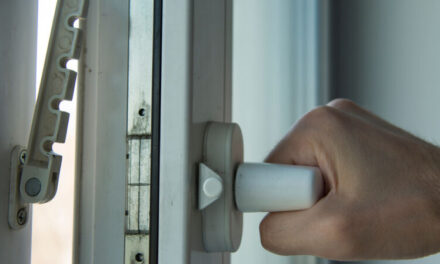Last year, approximately 20,000 deaths from lung cancer were directly related to radon exposure, according to the US Environmental Protection Agency. This harmful gas is invisible, odourless and radioactive, so it is vital that you carry out sufficient testing on your commercial property to prevent dangerous exposure to employees and clients.
Public Health England have published a helpful map outlining radon-contaminated areas throughout the United Kingdom. Based on official reports, these maps can be used as a guide to provide business owners with an insight into the potential danger on their commercial property.
How Do I Test For Radon?
When signing a contract for a new commercial building, it is highly recommended you enquire as to whether a test was carried out by the previous owner. You should then carry out your own test with a level detector to ensure the safety of everyone on your premises.
PropertEco supply quality radon level detectors, which should be kept in your building for a minimum of 90 days and analysed by a specialist laboratory. Whether you are carrying out short or long term tests, if your results are higher than 4 pCi/L; a secondary test should be carried out.
Longevity of exposure increases the chances of harm, therefore, if high levels are found on your property; steps should be taken to ensure contamination is reduced.
How Do I Reduce Radon Levels?
Reducing radon to an acceptable level is a simple process when carried out by professionals. Through installing positive pressurisation or a radon sump, you can rest assured that your building will be safe for your employees and clients. With this said, you should continue to test the radon levels to ensure they don’t spike in future.





